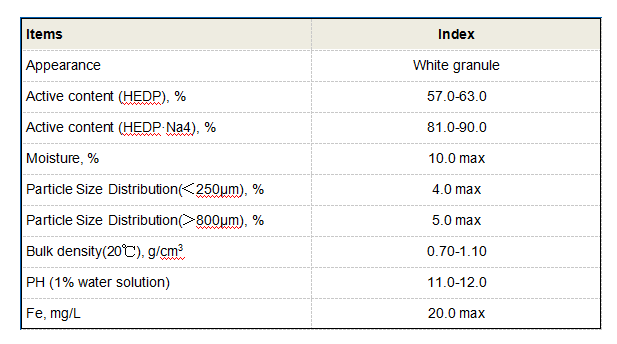Understanding the Distinction between Flocculants and Coagulants in Water Treatment
The Difference Between Flocculants and Coagulants
In water treatment processes, flocculants and coagulants play crucial roles in the clarification of water by removing suspended solids, colloids, and impurities. Though these two terms are often used interchangeably, they refer to distinct processes and substances that serve different purposes in the treatment of water. Understanding the differences between flocculants and coagulants is essential for effective water treatment practices.
Coagulants The First Step in Water Treatment
Coagulants are chemical agents that facilitate the clumping together of tiny particles in water, which are too small to settle out by gravity alone. The primary function of coagulants is to neutralize the charges on these particles and promote their aggregation into larger clusters known as flocs. These charges can arise from the surface of suspended particles, which may repel each other due to their similar electrical charges. By introducing a coagulant into the water, typically in the form of aluminum sulfate (alum) or ferric chloride, the repelling forces are reduced, allowing particles to coagulate or stick together.
Common coagulants used in water treatment include
1. Aluminum Sulfate (Alum) This is one of the most widely used coagulants, which forms a gelatinous precipitate that helps in capturing impurities. 2. Ferric Chloride Another effective coagulant, it is often used in municipal water treatment plants. 3. Polymeric Coagulants These synthetic coagulants are tailored for specific applications, offering improved efficiency and reduced sludge production.
The coagulation process generally involves rapid mixing of the coagulant with water, followed by a short period of flocculation where the particles begin to clump together. It is the preliminary step before flocculation and sedimentation takes place.
Flocculants Enhancing the Coagulation Process
After coagulation, flocculants come into play. Flocculants are substances that promote the further aggregation of the coagulated particles into larger, more easily removable clumps known as flocs. Unlike coagulants, which primarily serve to reduce the charge on the particles, flocculants work by creating bridges between these already formed particles, enhancing their settling characteristics.
difference between flocculant and coagulant

Flocculants can be natural or synthetic. Examples of flocculants include
1. Natural Polymers Such as starches and guar gum, these materials are biodegradable and often used in environmentally sensitive applications. 2. Synthetic Polymers Polyacrylamides are widely used for their effectiveness in various water treatment systems. They can be cationic, anionic, or non-ionic, depending on the charge and application requirements.
Flocculants are generally added after the coagulation phase and require gentle mixing to allow the flocs to grow without breaking apart. The efficiency of flocculants can significantly impact the overall performance of water treatment systems, particularly in reducing turbidity.
Key Differences
1. Function Coagulants are primarily responsible for neutralizing charges and causing particles to aggregate, while flocculants enhance the formation and growth of these aggregates into larger flocs. 2. Timing of Addition Coagulants are added first during the treatment process, followed by flocculants after sufficient coagulation has occurred. 3. Chemical Composition Coagulants tend to be metallic salts, whereas flocculants are often high-molecular-weight polymers that can be natural or synthetic.
4. Mechanism of Action Coagulants reduce electrostatic repulsion between particles, leading to their aggregation; flocculants promote further clumping and growth of these aggregations into larger, settleable particles.
Conclusion
Though flocculants and coagulants work together in the water treatment process, they are distinctly different substances with unique functions. Understanding these differences is vital for water treatment professionals, enabling them to choose the right products and processes to effectively remove contaminants. The combined use of coagulants and flocculants ensures that water is treated efficiently, resulting in clearer, cleaner water that is safe for consumption and use.
-
Water Treatment with Flocculant Water TreatmentNewsJun.12,2025
-
Polymaleic AnhydrideNewsJun.12,2025
-
Polyaspartic AcidNewsJun.12,2025
-
Enhance Industrial Processes with IsothiazolinonesNewsJun.12,2025
-
Enhance Industrial Processes with PBTCA SolutionsNewsJun.12,2025
-
Dodecyldimethylbenzylammonium Chloride SolutionsNewsJun.12,2025





